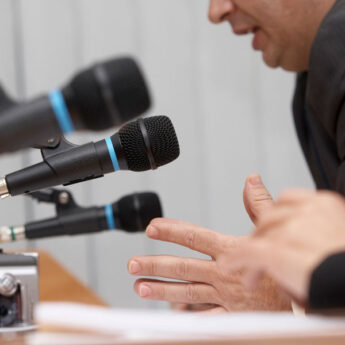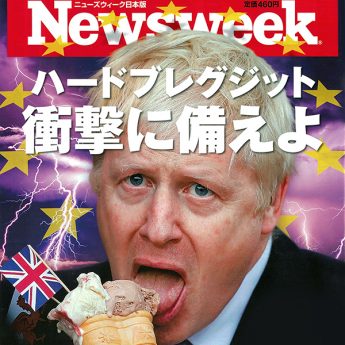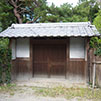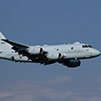Ambassador David Warren is vigorously promoting the Eurofighter in Japan amid increasingly fierce competition, the Mainichi Shimbun reported on 3 February. While the F-35 stealth fighter jet—developed by an international joint programme led by Lockheed Martin of the US—is considered the favourite, other manufacturers are making a strong pitch for their aircraft to Tokyo.
“The Eurofighter is completely interoperable with US military equipment”, Warren said at a press conference held at the British Embassy Tokyo by BAE Systems, a Eurofighter co-developer.
A BAE Systems representative also vowed that his firm would never conceal any information from the Japanese industrial world, emphasising the advantage of its aircraft over the F-35 fighter, which Japanese firms would not be allowed to build under licence due to technical secrets.
An official of Boeing Co., the developer of the FA-18 fighter used by the US Navy, said: “Our fighter jets have already been used in actual warfare and we can offer our products at affordable prices. We also have a long-term partnership with Japan’s defence industry”, implicitly comparing the practicality of the company’s aircraft to the F-35, scheduled to be fielded by the US Air Force in 2015.
It has not yet been confirmed when the F-35 could go into Japanese service, but the government has said it will purchase 12 new fighter jets. Tokyo plans to start the tender process in spring and decide by the end of 2011.
Meanwhile, Aviation Week said that Japanese manufacturers need more funds to build a locally made fighter. The Society of Japanese Aerospace Companies consortium is worried the tight restrictions for the F-35’s technology will prevent them from maintaining the technical skills necessary to produce future fighters. “It seems unlikely that the society will get the funding necessary for the Japanese government to buy sufficient numbers of F-35s and keep the domestic F-X program afloat”.





